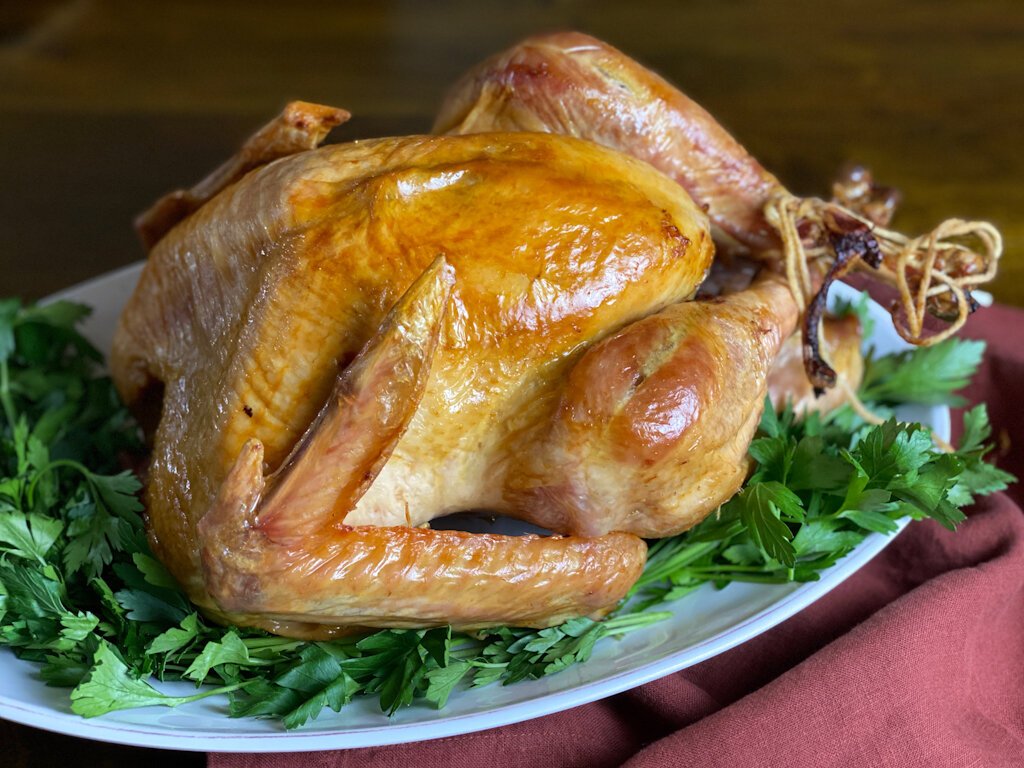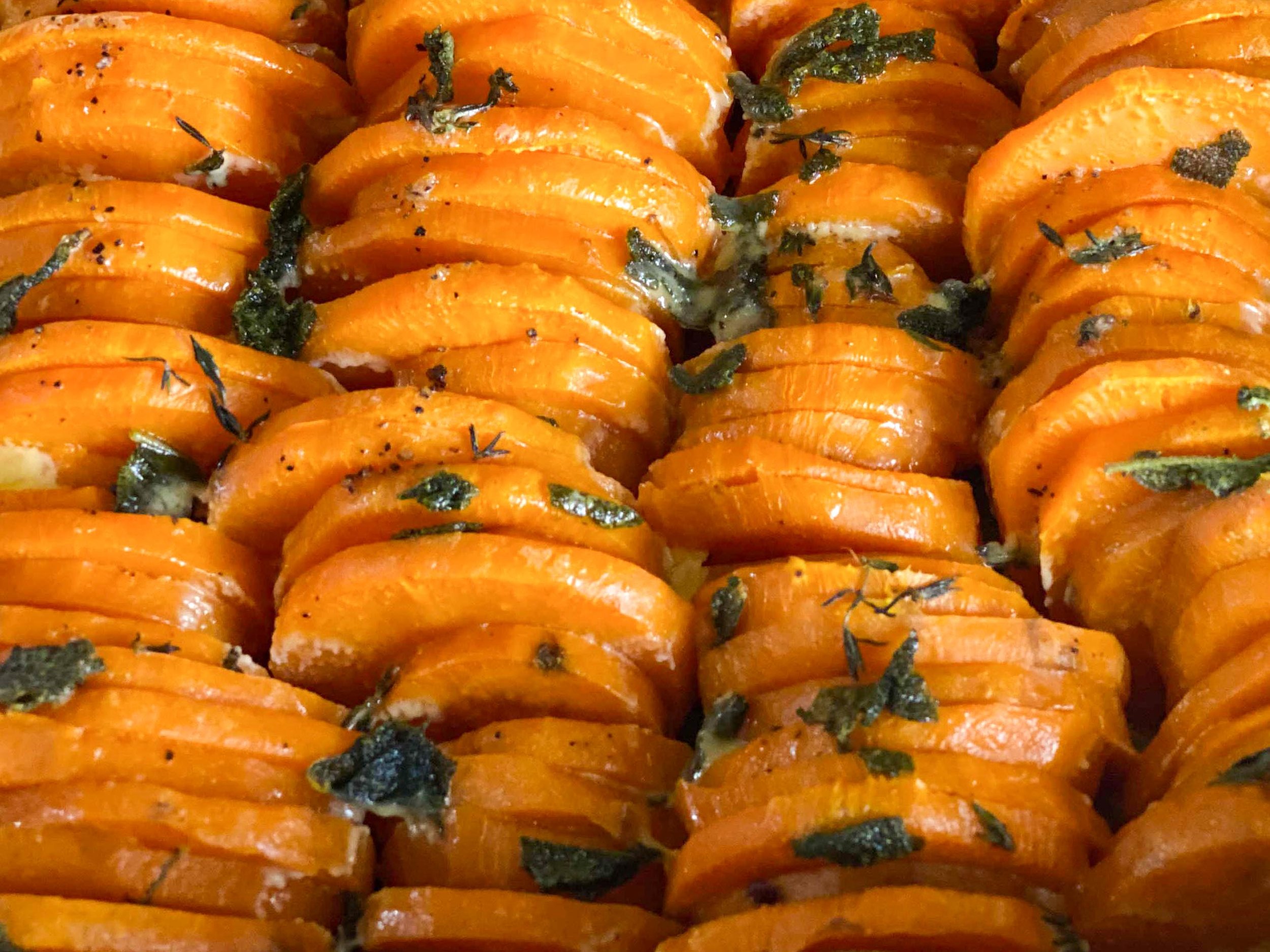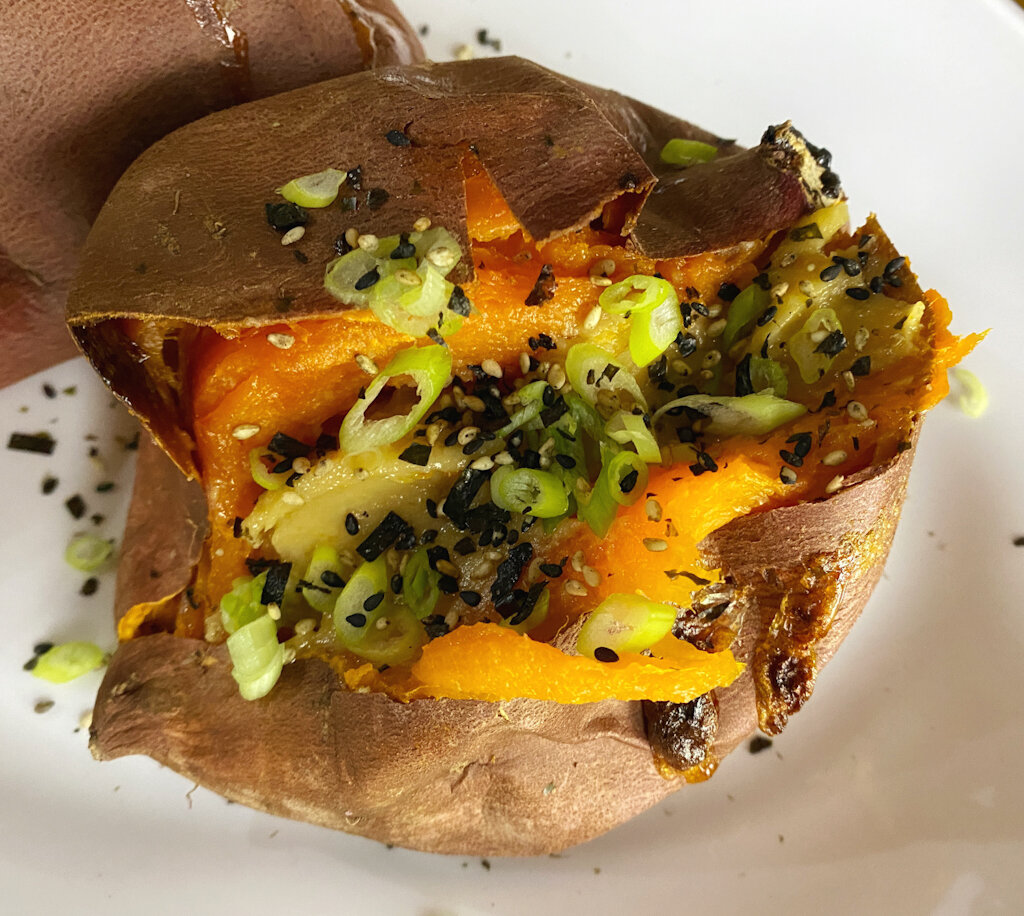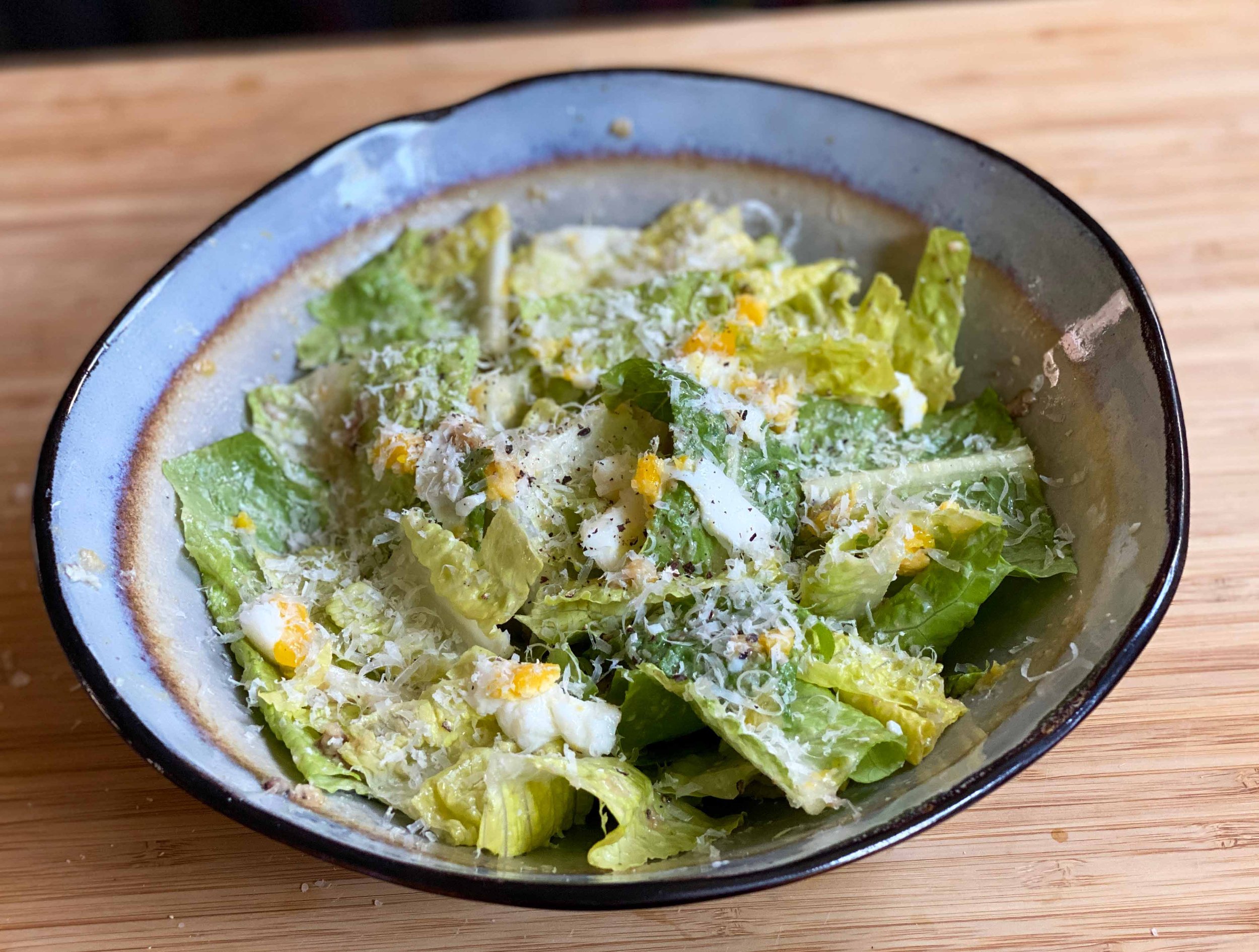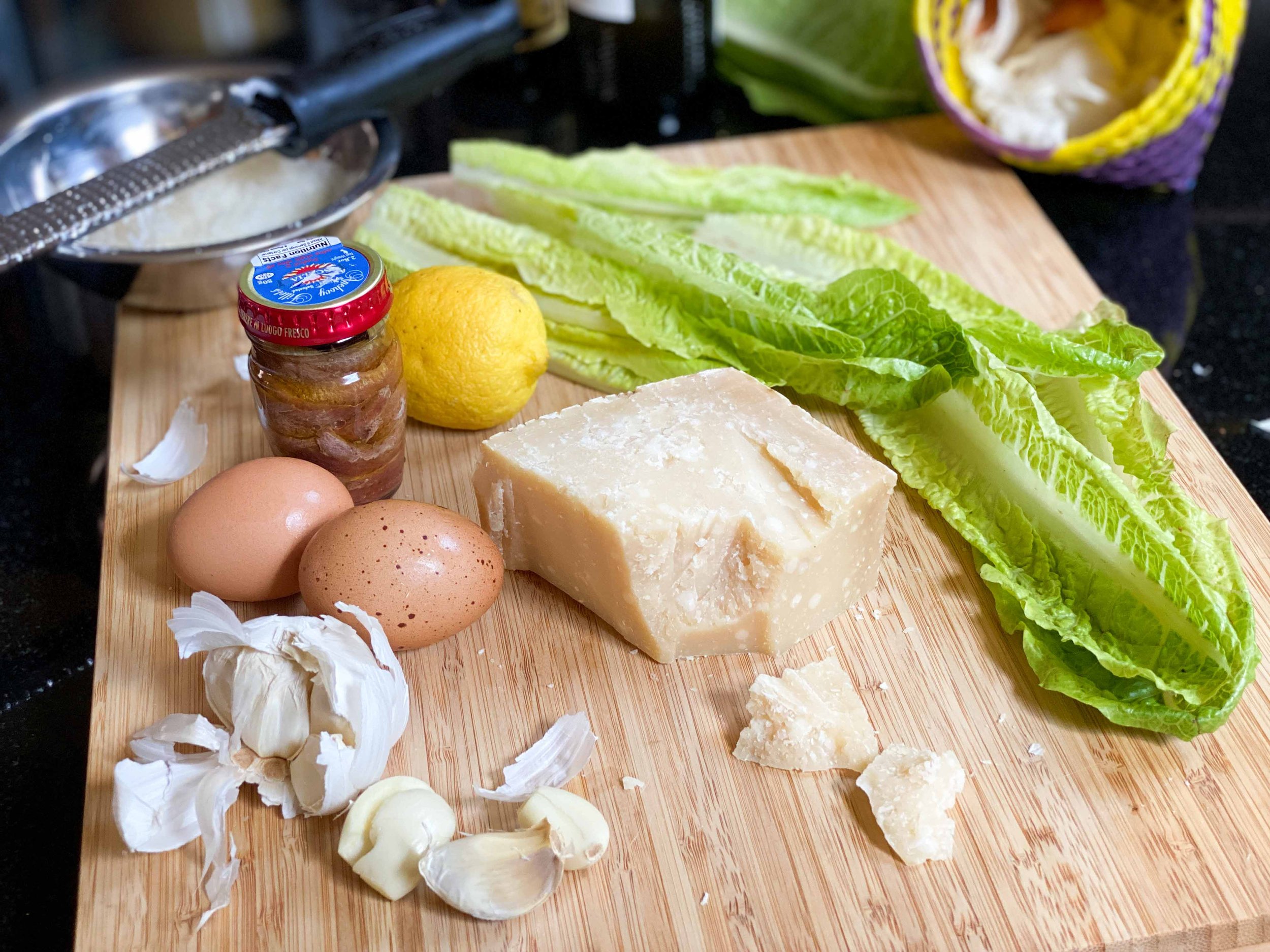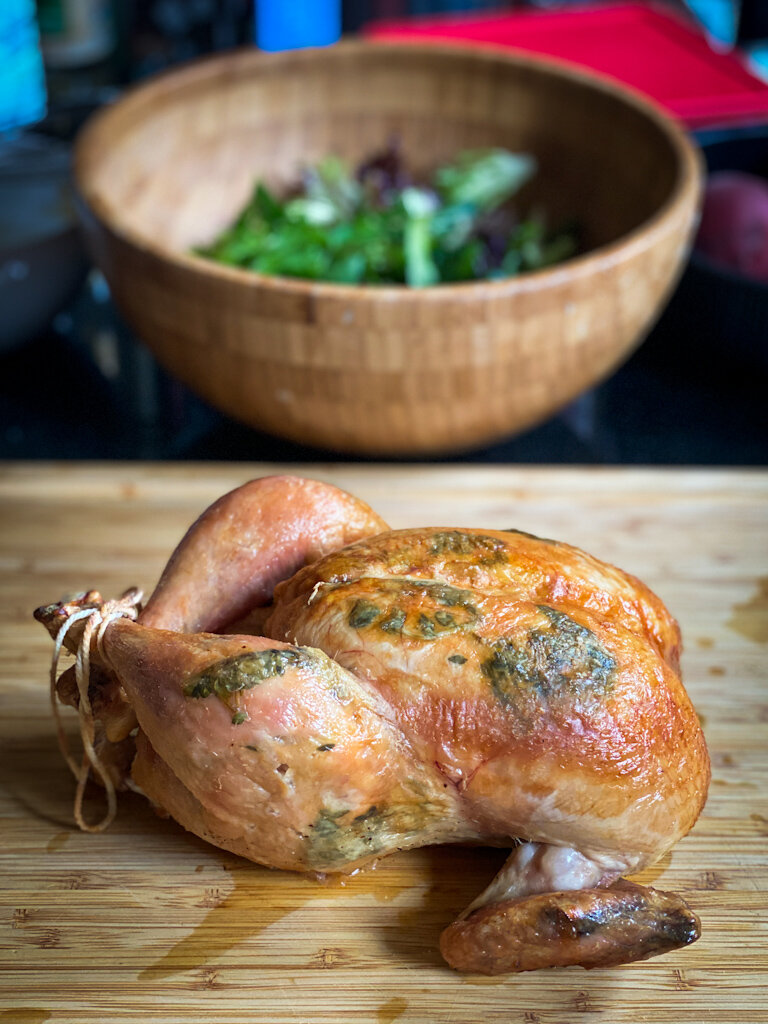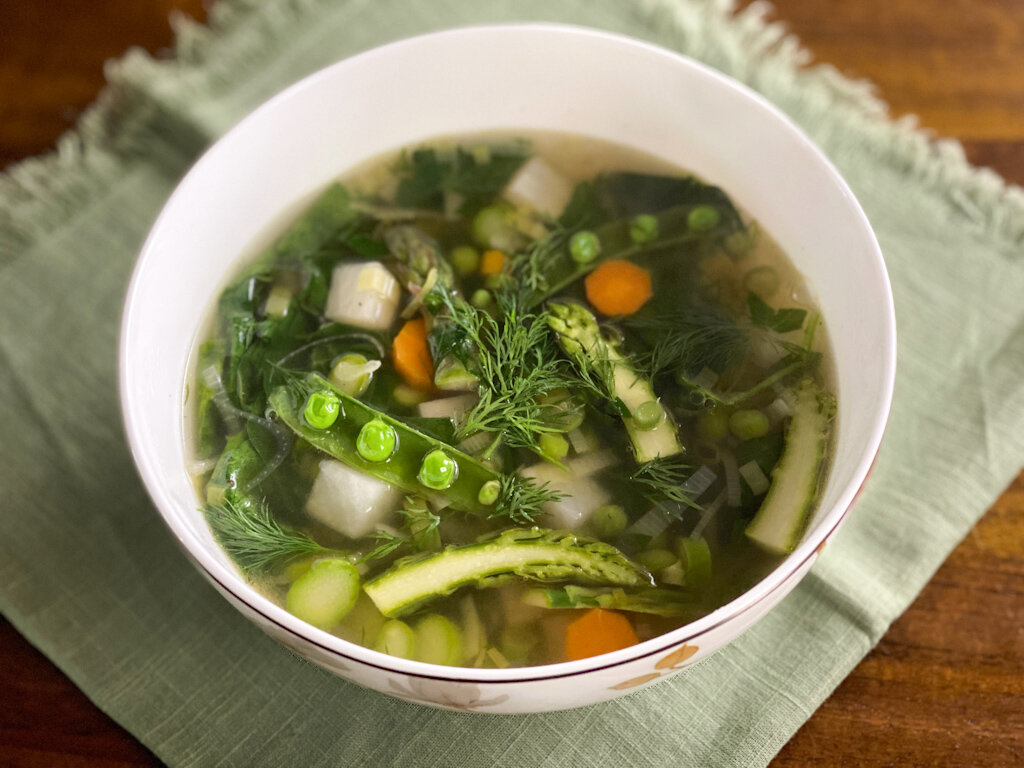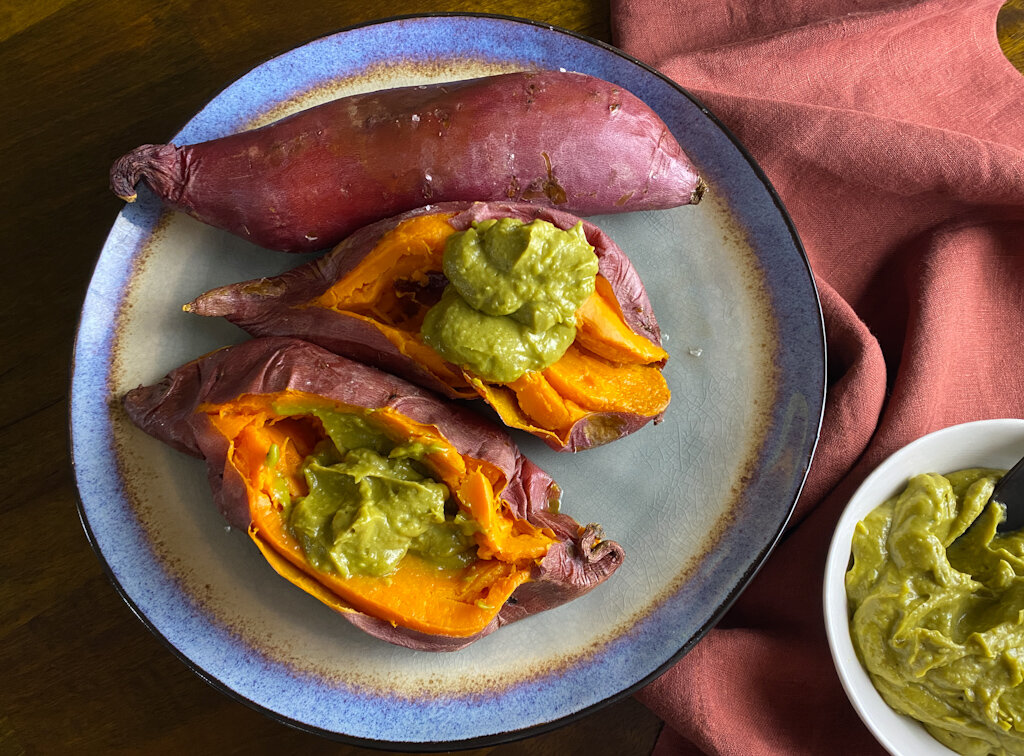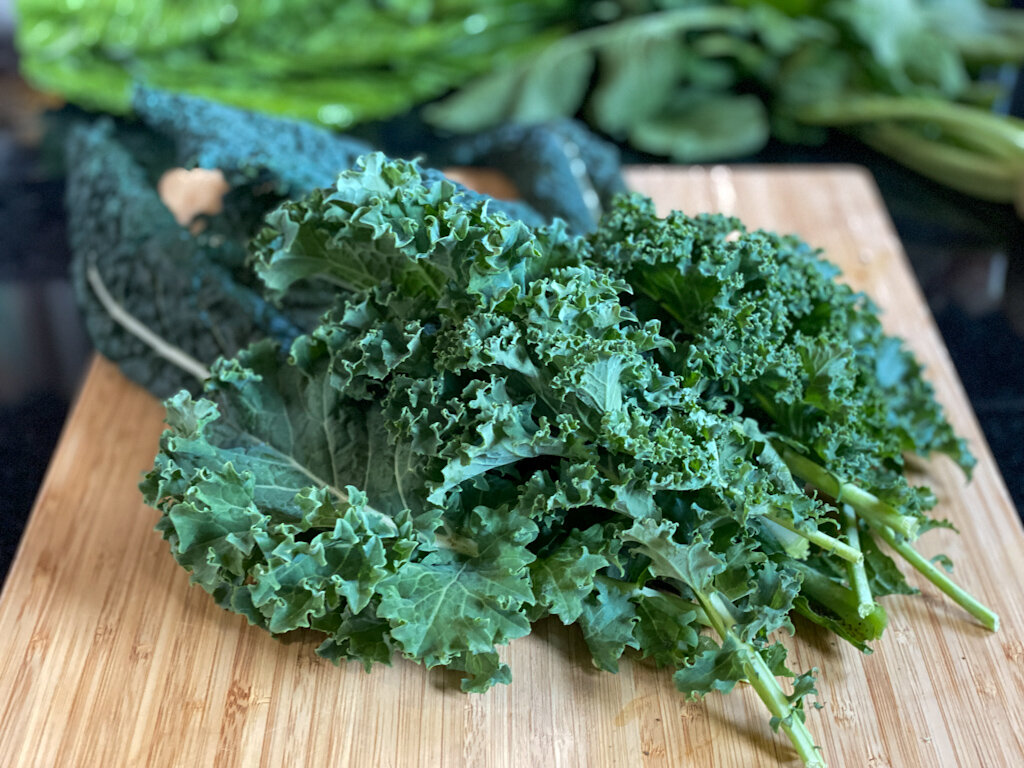By Leslie Brenner
Jambalaya was not in the cards when I recently visited New Orleans, but it was definitely front of mind when I came home.
This was the perfect excuse to dive into Kwame Onwuachi’s acclaimed cookbook, My America: Recipes from a Young Black Chef, and start cooking. Since publishing it two years ago, Onwuachi has made a gigantic splash at Tatiana, the Afro-Caribbean restaurant he opened in New York City’s Lincoln Center 16 months ago. In fact, it’s hard to imagine a bigger splash: Tatiana topped the New York Times’ list of the 100 Best Restaurants in the city. Last fall, he was profiled in The New Yorker.
Jambalaya is not on Tatiana’s menu, but it does sit, as Onwuachi explains in his recipe’s headnote, “at the heart of Creole cuisine.” Generically, it’s a one-pot dish of rice with meats (often andouille sausage and chicken), vegetables (Louisiana’s “holy trinity” of onion, celery and bell pepper) and often shrimp or other seafood. Unlike gumbo, it’s not soupy or stewy. While gumbo (the ingredients of which are tatooed on Onwuachi’s arm, according to The New Yorker) is served with rice, jambalaya is a rice dish.
Every family has its own way of making it, writes Onwuachi in My America:
“Some use roux, some don’t. Some add andouille; others stick to seafood and chicken. Some families use short-grain rice, in a nod to paella; others use long."
The dish carries deep meaning for the chef, who grew up eating his mother’s jambalaya; she’s Creole, from Baton Rouge, Louisiana. His father is from Nigeria (where Kwame lived as a youth); the chef draws a comparison between Creole jambalaya and Nigerian jollof, another one-pot rice dish.
“Jambalaya, however, hails from Louisiana, where many Africans worked the rice fields the two continents shared. They brought with them not just the knowledge of how to grow but also how to prepare rice. Once in Louisiana, proto-jollof incorporated whatever proteins were available: andouille sausage, abundant shrimp from coastal waters, and chicken, another economical choice. Also added were influences of from the Spanish settlers who yearned for the paella of their home; and the French, the masters of roux.”
Although jambalaya is known as a one-pot affair, you’d need to haul out quite a few extra pots were you to follow Onwauachi’s recipe verbatim. There’s a second pot for the shrimp stock (for which you’d need a full pound of shrimp shells). You’d need a third to make chicken stock, and a fourth to make Louisiana-Style Hot Sauce, which requires a batch of Pickling Spice — in a fifth pot.
In a restaurant kitchen, making each of those ingredients from scratch in large quantities makes sense, but I don’t know many home cooks who’d comply.
That’s why I took the liberty of creating a few shortcuts. I hope that if chef Onwuachi ever sees this story and my adaptation of his wonderful recipe, he’ll find it in his heart to forgive me. My motive (a pure one to be sure!) is to make the recipe accessible to readers who may or may not own five pots, but in any case probably aren’t inclined to fabricate two stocks, a sauce, a brine and a spice mix before beginning to cook. Shortcuts notwithstanding, I daresay the resulting jambalaya is still pretty magnificent — and I think pretty close to the effect Onwuachi is hoping you’ll get.
RECIPE: Kwame Onwuachi’s Jambalaya
If you love the dish as much as I do, you’ll want to purchase the book — especially if you’re a seasoned and devoted enough cook that you might already have some shrimp stock laid in the freezer, or you’re actually eager to make your own hot sauce, or you to know how to create your own shortcuts. It’s an inspiring and beautiful volume.
Did you enjoy this story? If so, you may like:
READ: Cookbooks We Love: Marcus Samuelsson’s ‘The Rise’ celebrates Black cooks in America
RECIPE: Papa Ed’s Shrimp and Grits
RECIPE: Dooky Chase’s Gumbo des Herbes



